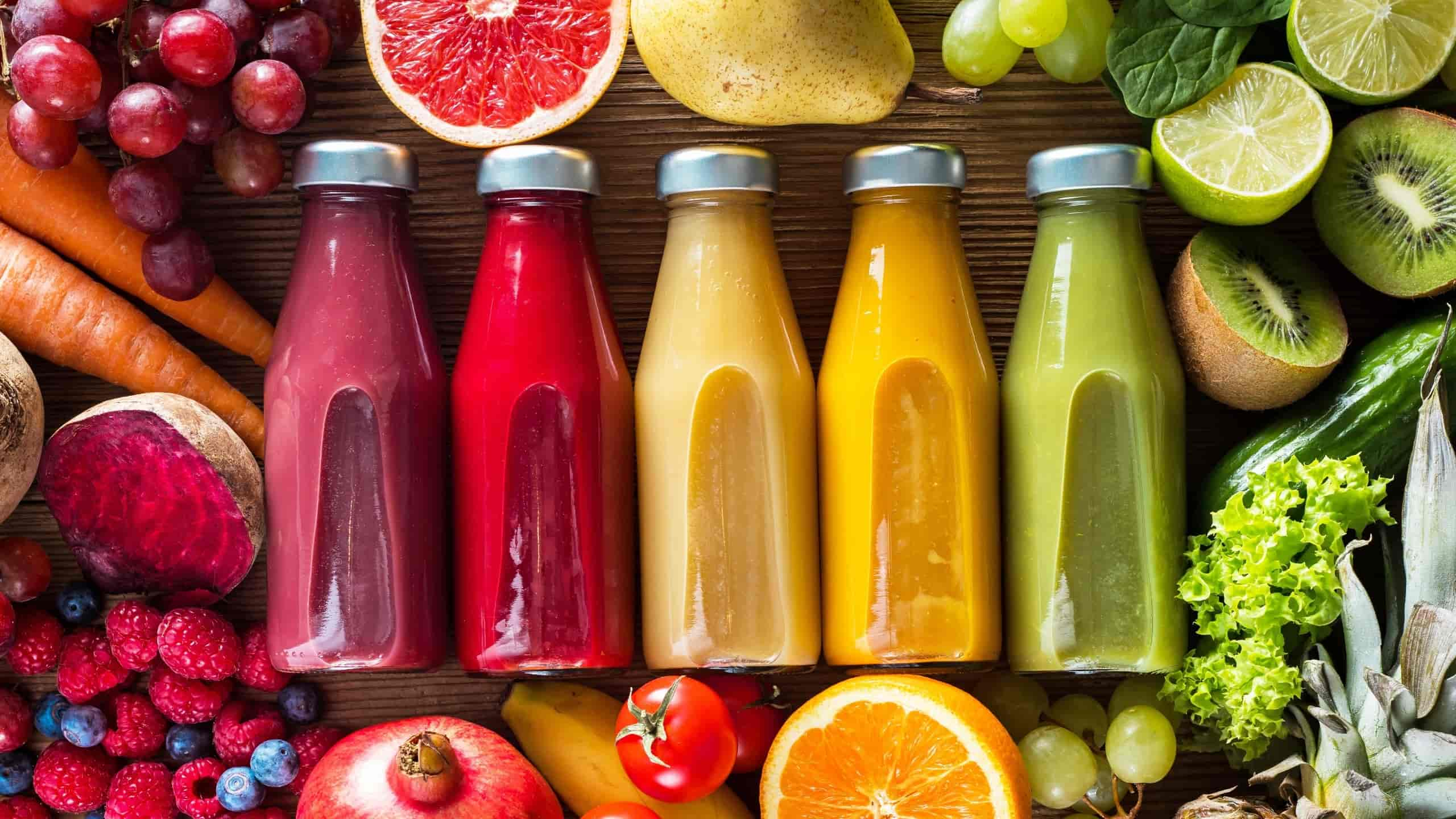A new look at unearths that the threat of all-reason mortality from over-intake of fruit juice is giant.
Other sugared beverages are horrific for you; however, too much fruit juice is worse.]
Fructose, “actual” or “natural,” continues to be fructose and complicated.
While fruit juice, largely retains its popularity as a healthful component for youngsters to drink, it is now not precisely news that it could comprise simply as much sugar as sugar-sweetened drinks (SSBs) like soda. Savvy mothers and caregivers know it must be allotted handiest carefully. Along with all that sugar, of course, come useful vitamins, and previous research has connected the antioxidants and flavonoids in orange juice, mainly to prevent most cancers. (Not anyone agrees that the value of antioxidants has been verified.) Also, brains of all ages eat the lion’s share of a body’s sugar for strength.

However, an observation posted in Jama Network Open from Emory University, the University of Alabama, and Cornell University unearths that fruit juice intake more than doubles the danger of “all-around mortality” over SSBs.
The observation concerns the impact of fruit juice consumption on “all-around mortality.” Earlier research has tested the possible hyperlink between juice intake and hazard elements for coronary heart disease (CHD), including dyslipidemia, diabetes, and obesity. So, the cutting-edge examination’s motive was to look at whether or not juice consumption also increased the threat of mortality is widespread.
The facts analyzed in the observation were drawn from the national REGARDS (Reasons for Geographic And Racial Differences in Stroke) observe and concerned 13,440 adults with a mean age of sixty-three .6. The cohort was 59.3 percent male/forty-seven percent girl, and 68. Nine percent were non-Hispanic white. Seventy percent were technically overweight or overweight.
REGARDS researchers re-interviewed subjects every six months till 2013 and mortality occasions have been mentioned through a circle of relatives individuals and derived from private and public clinical facts. There had been, in the end, 1,000 all-purpose deaths among participants, in addition to 168 CHD-related deaths.
Subjects self-reported their previous year’s consumption of SSBs, sodas, smooth drinks, fruit-flavored beverages, and candy a hundred percent fruit juices. The possible responses ranged from “by no means” to “each day.” They have been asked to report the entirety of whatthey ate as several devices or portion sizes. The researchers then calculated the percentage of every participant’s total strength (TE) consumption and the proportion of that change derived from SSBs or fruit juice. Official U.S. Dietary Guidelines and people from the World Health Organization and the American Heart Association allowed the take a look at’s authors to classify these percentages as low (<5 percent), medium (5 – <10 percent), and high (≥10 percent).
When I observe a few Web sites coping with fitness, I’m amazed at how little is stated about the nourishment and healing effects of freshly made juices.
As a young teenager, I became capable of avoiding zits and other problems because I made carrot juice and different vegetable juices on my family’s juicer. At first had a nice Oster centrifugal juicer; later, we were given a Champion, which looks like a meat grinder that very well masticates (chews) the greens, produces a rich juice, and expels the pulp. My grandmother and later my mom lived into their mid-90s due to confidence in rejuvenating vegetable juices.
Juicers from a century in the past were hand-cranked gadgets. Later electric designs, including our old Oster, used a toothed disk to grind the food and a spinning drum that used centrifugal force to squeeze the juice out of the pulp. The drum had holes like a colander and became coated with a perforated plastic display screen. The juicer had to be stopped so the damp pulp buildup might be removed.
More recent centrifugal designs have a cone-fashioned clear-out in the drum area so that the juice is quickly pressured out of the pulp, which is routinely accrued right into a receptacle at the lower back of the juicer.




